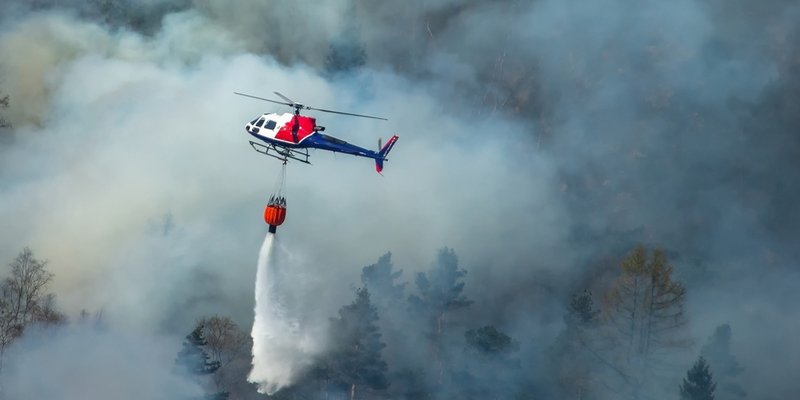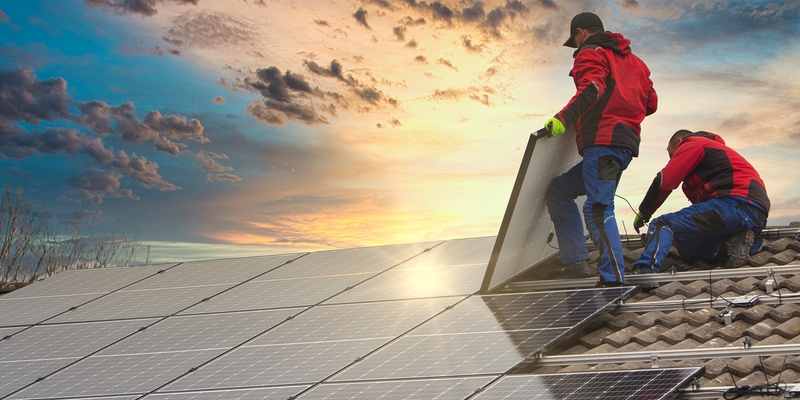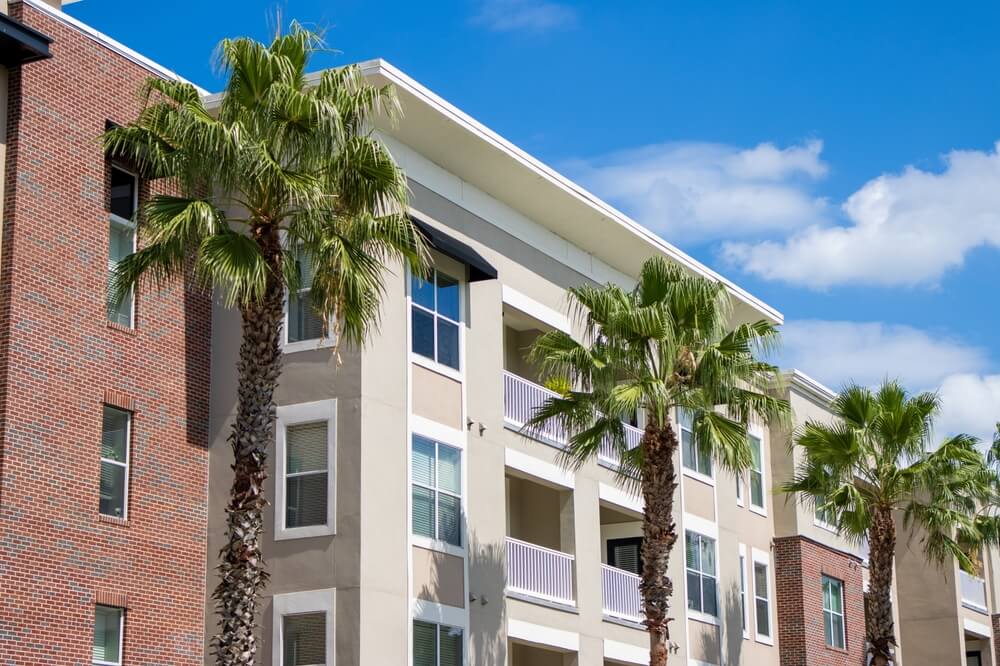
If you are not redirected within 30 seconds, please click here to continue.
Samedi: 10h – 16h HAE

If you are not redirected within 30 seconds, please click here to continue.
If you are not redirected within 30 seconds, please click here to continue.
What to know about wildfire season and insurance

Spring of 2023 has officially been named the worst wildfire season in the 21st century, by Bill Blair, Canada's Minister of Emergency Preparedness. Between May and June, over 47,000 square kilometres have been burned across the country. Alberta, British Columbia, and Quebec have been hit the hardest, with thousands of residents pulled from their homes, skies streaked red and hazy across the country, and lingering smoke extending south of the border.
Wildfire seasons in Canada typically last until September or October. As climate change leads to hotter, drier summers and urban populations encroach into rural areas, we can expect more severe damage to property and a higher risk of resident displacement.
With surging wildfires and more frequent extreme weather events roiling across the country every year, emergency preparedness can’t come too soon, especially for residents in vulnerable areas.
Does home and property insurance cover damage by wildfires?
Damage to the home and contents by fire, including wildfire, is covered by both all-risk property insurance and the more basic fire and extended coverage package, with very few exceptions. It is also covered by most tenant insurance plans.
Mass evacuation coverage, which covers temporary living expenses for a specified period of time, is also typically included with every property and tenant insurance package free of charge.
However, a customer can remove it from their policy, cautions insurance broker and RATESDOTCA expert Daniel Ivans. Insurance-holders should read over their policy to make sure that it is still included.
Additionally, for anyone who is not insured by home or tenant’s insurance, it can be difficult to start a new policy during an active wildfire event.
“Don’t wait until you’re worried about something happening to get insurance,” he says. “It’s people who are waiting until the last minute to get insurance that often find themselves in the most difficult positions.”
Related: Home Insurance 101
Billions paid out in damages to wildfires, but insurers aren’t going anywhere
May 2016 marked the most expensive natural disaster in Canadian history. In Fort McMurray, Alberta, wildfires swept over 576,767 hectares of land. They led to the evacuation of over 90,000 people and the destruction of 2,400 homes and businesses. In the aftermath of that event, insurers handled 60,000 claims and paid out an estimated $3.6 billion in damages.
These calamitous wildfire events are only becoming more and more prevalent, such that insurance companies have classified it as an “emerging risk.”
“What the data demonstrates is that insurance companies are spending more money and there’s nothing to suggest that’s slowing down,” says Ivans. “We’re seeing it this year. [Wildfires] are all over Quebec, they’re all over Alberta. That’s not really something that we’re used to seeing every year.”
Ivans works with clients from Alberta to Ontario and beyond, many of whom are concerned about the imminent threat of wildfires. One worry is whether insurance companies can continue to work with new and existing customers in vulnerable areas.
“Down in the U.S., especially in California, insurance companies are starting to drop off,” he says, referring to recent announcements by State Farm and Liberty Mutual that they would stop selling new insurance policies to property owners in California due to the increase in wildfires.
Many of his customers are worried that insurance providers in Canada may follow suit and stop services to areas that are most vulnerable.
“There’s absolutely nothing to indicate that that’s going to be the case anytime, let alone anytime soon,” he says.
In Canada, he explains, insurance companies work with governing bodies, like the Financial Services Regulatory Authority in Ontario and Office of the Alberta Superintendent of Insurance, to maintain close ties and ongoing communication regarding new threats and insurance rate increases.
“There’s a lot of communication between these parties,” says Ivans, “whereas down in the U.S. from state to state; they might not be as heavily regulated, and they might not be as insulated from threat as we are.”
The rising cost to homeowners
While insurance companies are staying put, however, that leads to another concern. As devastating climate events get more frequent and more severe the claims will increase. And when the claims increase, so do premiums.
“All these fires, these floods, tornadoes, all these different things that cause claims that we didn’t see as much in the past,” says Ivans. “Insurance companies have to account for those losses with increases.”
Related: Rural Ontario residents hit hardest by increasing costs of home insurance
According to the Insurance Bureau of Canada (IBC), insurers paid out a total of $3.12 billion in insured damages; each of the last three years saw total payouts exceeding $2 billion.
Along with the overall rise in inflation and the ballooning cost of living, higher insurance rates pose a serious threat to affordability.
On the insurance side, the IBC is working with the Government of Canada on a National Flood Insurance Program to help homeowners in flood-exposed areas. However, there has been no known similar program underway to help areas prone to wildfire. Meanwhile, rate increases remain inevitable.
Ivans encourages all homeowners to compare home insurance plans as well to make sure that they’re getting the most affordable rates available — and carefully going through the coverage limits to ensure that the plan is enough to cover the risk to their homes.
He also advises people to look for insurance discounts. Some companies will offer discounts for having fire alarms and sump pumps, for example. Insurance companies in Alberta and Ontario also heavily factor customer credit scores in generating home insurance rates, too.
“The only real way to take control of your personal home insurance premiums is to take advantage of as many discounts as you can,” he says.
Read next: How is climate change affecting home insurance premiums?
Don't waste time calling around for home insurance
Use RATESDOTCA to shop around and compare multiple quotes at the same time.
Finding the best home insurance coverage has never been so easy!
Get money-saving tips in your inbox.
Stay on top of personal finance tips from our money experts!










